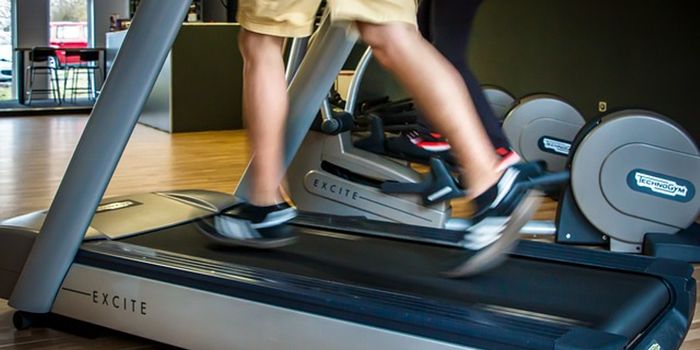Thermal Face Imaging Could be Used to Detect Metabolic Disease
Warm cheeks with a cold nose can be a sign of high blood pressure, and scientists have now shown that temperatures in different parts of the face are associated with different chronic conditions such as high blood pressure or diabetes. These facial temperature differences is detectable with a thermal camera, and the temperature data can be analyzed with computational tools. With more effort and refinement, this approach could be used to diagnose diseases. The method has been described in a new report in Cell Metabolism.
Although aging is a natural part of life, this tool could help promote heathy aging, suggested corresponding study author Jing-Dong Jackie Han, of Peking University.
In this study, the researchers assessed the facial temperatures of over 2,800 volunteers from the ages of 21 to 88. Various data points were used to train artificial intelligence models that aimed to predict the 'thermal age' of a person. The temperatures of several parts of the face including the nose, eyes, and cheeks, and many were found to be closely linked to age and health.
Nose temperature was found to get lower as people age, at a faster rate than other parts of the face; the study suggested that people who keep warmer noses as they get older have a longer age. Temperatures in the areas around the eyes were found to increase as people got older.
When health data was also considered, the study indicated that people who have metabolic disorders like diabetes and fatty liver disease have a faster thermal aging rate. Individuals with metabolic diseases tended to have higher eye area temperatures compared to healthy individuals of the same age. Higher cheek temperatures were also found among people with high blood pressure.
An analysis of blood samples suggested that the increases in eye area temperatures may be due to increases in inflammation. As the inflammatory activity increases, certain facial regions get warmer.
"The thermal clock is so strongly associated with metabolic diseases that previous facial imaging models were not able to predict these conditions," added Han.
The investigators also wanted to know whether exercise affected thermal age. After 23 people participated in jump rope sessions for two weeks, the researchers found that their thermal age had dropped by five years - after only two weeks of exercise.
Now, the researchers want to know if thermal age is linked to other conditions. "We hope to apply thermal facial imaging in clinical settings, as it holds significant potential for early disease diagnosis and intervention," Han said.
An unrelated study recently reported in BMJ Health & Care Informatics has also shown that facial temperature can be used to detect coronary artery disease.
Sources: Cell Press, Cell Metabolism









